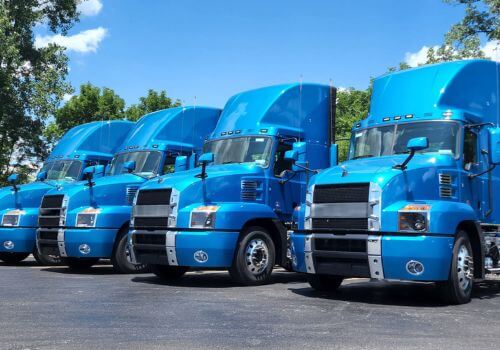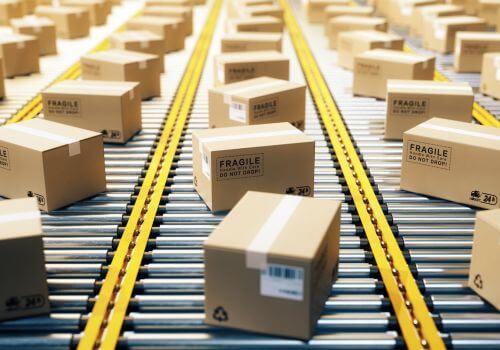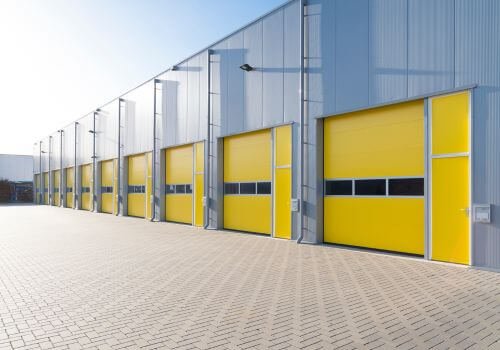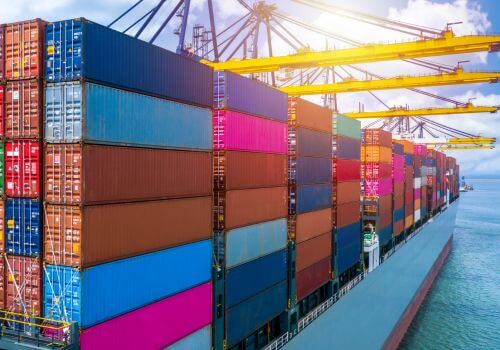A 3PL, which stands for third-party logistics provider, helps businesses by taking care of shipping and delivery for both B2B (business-to-business) and B2C (business-to-consumer) orders, but the way they handle each type is a bit different so they use special systems and teams to make sure everything runs smoothly.
For B2B shipping, a 3PL deals with big orders that usually go from one business to another, so they focus on moving large amounts of goods, storing them in big warehouses, and making sure the shipments arrive on time because delays can cause big problems for companies that rely on those products.
They use advanced technology to track inventory, manage orders, and follow strict rules about how products are packed and labeled, since every business might have its own requirements, and they often use special shipping methods like pallets and freight trucks for these bulk deliveries.
For B2C shipping, a 3PL handles lots of smaller orders that go straight to customers’ homes, so they need to be really good at packing items quickly, shipping them out fast, and even dealing with returns or exchanges, because customers expect their packages to arrive quickly and in perfect condition.
They use smart software to keep track of every order, update customers with tracking information, and sometimes even offer special packaging or gift wrapping to make the experience more personal and enjoyable for shoppers.
To manage both B2B and B2C shipping at the same time, a 3PL sets up clear agreements with each company about what services they will provide, how fast they will deliver, and how they will handle any problems, so everyone knows what to expect and can check if things are going well.
By having the right people, technology, and equipment in place, a 3PL can switch between handling big business orders and lots of small customer orders without missing a beat, which helps businesses grow and keep both their business partners and customers happy.






